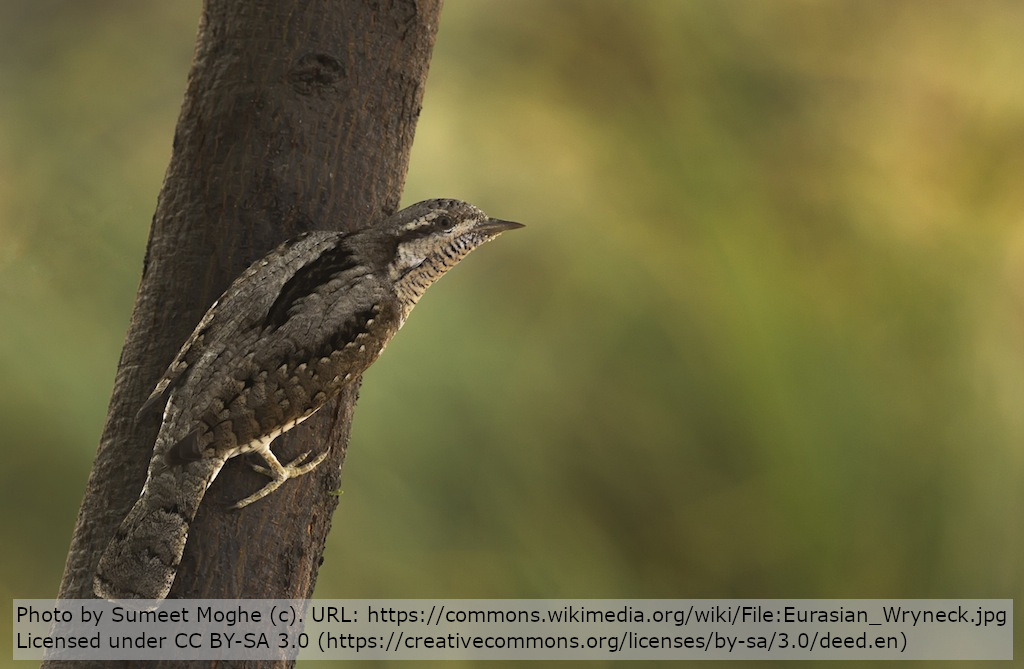Breeding success of Wryneck Jynx torquilla during the last 40 years in Sweden
DOI:
https://doi.org/10.34080/os.v13.22817Keywords:
breeding biology, bird ringing, bird banding, fledging success, brood size, threats, habitat degradationAbstract
The Swedish population of Wrynecks Jynx torquilla has decreased at least during the last decades. The reason can be worse breeding success, fewer breeding places, or problems in the wintering areas. This study compares brood size at ringing and number of ringed broods between the periods 1962—1981 and 1982—2001. Breeding success did not decrease. On the contrary, a small but significant increase was shown, from 6.7 to 7.1 young per brood. Despite this the number of ringed broods declined from 1,016 to 449. Deducting an observed 15% loss between ringing and fledging, 5.7–5.8 young would fledge from broods that were not deserted before ringing. Wrynecks lay about 10 eggs, so the loss to fledging is high, but despite this the observed brood size ought to be enough to maintain a stable population if mortality alone were to be compensated, indicating that habitat loss is the most likely explanation for the decline, probably diminishing area of pasture with fewer grazing cattle which in turn decrease the abundance of the ant species on which the Wrynecks feed.
Downloads

Downloads
Published
How to Cite
Issue
Section
License
The copyright of each contribution belongs to the author(s), but all contributions are published under a Creative Commons license, so that anyone is free to share and reuse the contribution as long as the copyright holder is attributed.







